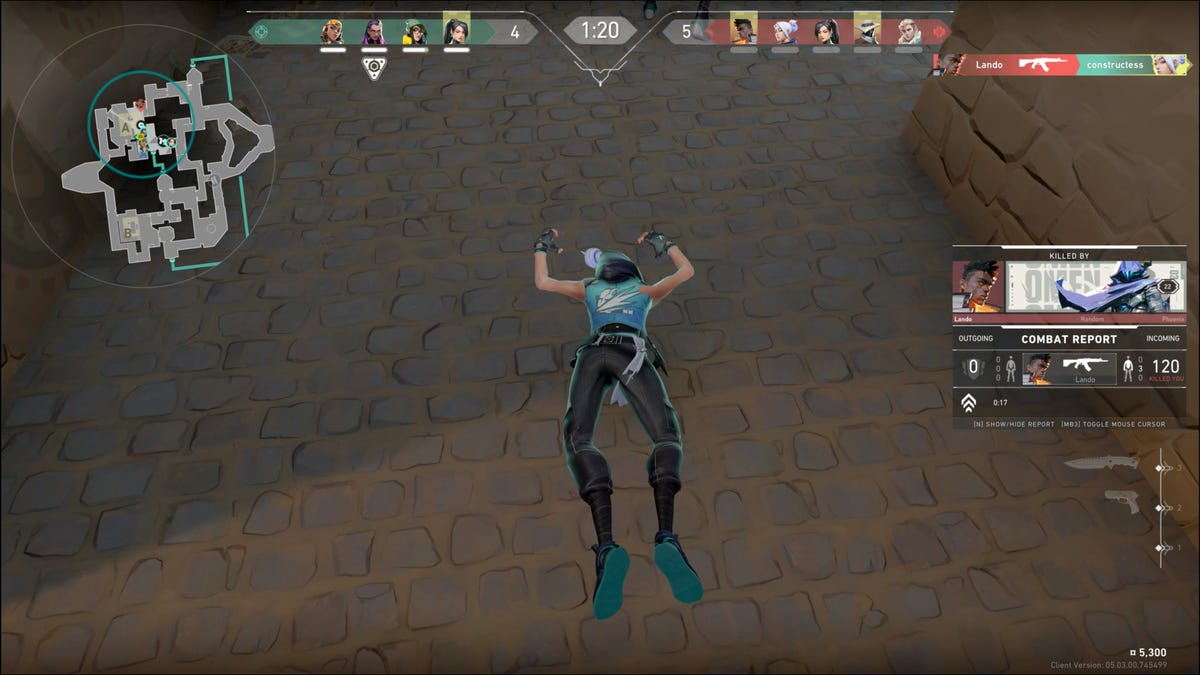My Unexpected Journey with Valorant: A Gamer’s Tale
Late-Night Gaming Cravings
As a passionate gamer, my affinity for first-person shooters rivals my late-night cravings for 7-Eleven taquitos. More often than not, I find myself leaving the convenience store at an ungodly hour with a handful of snacks and an energy drink in tow, ready to dive into games like Halo or Rainbow Six Siege. Recently, however, I decided to switch things up and give Riot Games’ Valorant a shot. Little did I know that this decision would lead me down a rabbit hole of technical difficulties that would ultimately require new hardware.
The Technical Hurdles of Valorant
Valorant is a tactical shooter that combines elements from popular titles like Valve’s Counter-Strike: Global Offensive and Blizzard’s Overwatch. Launched in 2020 for PC, it has garnered attention not only for its gameplay but also for its stringent security measures aimed at preventing cheating. One recent topic of discussion revolves around the game’s compatibility with Windows 11 systems; specifically, it mandates the presence of a Trusted Platform Module (TPM) chip along with secure boot functionality enabled.
While requiring TPM may seem reasonable—given its role in ensuring device integrity—it raises eyebrows among gamers who are accustomed to less invasive security protocols. For those who prefer console gaming, this situation underscores one significant advantage: fewer tech-related headaches compared to their PC counterparts.
A Series of Unfortunate Events
Initially excited about installing Valorant on my pre-built gaming rig—purchased as an upgrade due to skyrocketing GPU prices—I encountered immediate issues upon installation. After following the prompts and restarting my computer as instructed by the game installer, I was met with another hurdle: no internet connection! Despite confirming that other devices were functioning properly on my network, it appeared that my machine had lost all connectivity.
This unexpected setback led me back to Microcenter for repairs where technicians discovered faulty components—a new CPU and graphics card were installed under warranty after just days without access to online gaming.
The Second Attempt
After what felt like an eternity away from gaming bliss—and following extensive testing on my newly repaired system—I decided it was time to try installing Valorant once more. This time around, I opted for installation via Epic Games Launcher; surely this would yield better results? To my relief, the game installed successfully!
However, during my inaugural match—a chaotic affair where I managed only one kill—I faced yet another obstacle when attempting to upload footage of this momentous achievement onto Dropbox. To my dismay, Windows informed me that storage space was maxed out despite having minimal files saved on the drive.
The Storage Mystery Unveiled
Panic set in as thoughts raced through my mind: Was there something wrong with the motherboard? Had I accidentally recorded hours’ worth of gameplay overnight? In desperation mode while navigating through Control Panel settings looking for answers—there it was—the culprit behind all these issues: Valorant itself!
To everyone’s astonishment (including mine), Valorant had ballooned into occupying over 2 terabytes! Either Riot had stumbled upon some groundbreaking technology allowing them to compress data beyond comprehension or something had gone terribly awry within their software architecture.
An Ongoing Dilemma
You might think uninstalling would be straightforward—but alas! Upon attempting removal via right-click options or searching through various menus within both Windows Control Panel and Riot’s launcher interface yielded no success whatsoever; instead leading me deeper into frustration as file sizes continued inflating inexplicably post-uninstallation attempts!
A quick search revealed countless others experiencing similar predicaments dating back years—an ongoing issue acknowledged by users across forums such as Reddit and Linus Tech Tips alike discussing how “Windows keeps counting” folder sizes repeatedly without resolution insight provided by developers thus far.
Seeking Clarity from Riot Games
In light of these challenges faced during gameplay initiation coupled alongside mounting concerns regarding potential hardware malfunctions stemming from software mismanagement—it became imperative reaching out directly towards representatives at Riot Games themselves seeking clarification surrounding install requirements alongside uninstallation processes available moving forward amidst growing player frustrations nationwide!
In response received shortly thereafter confirmed awareness surrounding “known display bugs” resulting inflated file size readings displayed inaccurately within uninstall UI settings while assuring current install size rests comfortably below 26GB overall contrary previous reports suggesting otherwise—allaying fears regarding possible corruption affecting personal machines unnecessarily throughout community discourse online today still ongoing since launch originally occurred back two years ago now already passed us by swiftly indeed…
Conclusion: A Lesson Learned
Ultimately what began merely wanting experience thrilling competitive action-packed environment offered up through engaging mechanics found inside world-renowned title known simply called “Valorant” transformed unexpectedly into whirlwind adventure filled trials tribulations testing patience perseverance alike throughout journey undertaken here today together collectively shared amongst fellow gamers everywhere striving conquer obstacles presented before us daily whether virtual reality realms exist outside physical boundaries imposed upon ourselves too often forgotten sometimes amidst chaos life brings forth regularly occurring moments reminding us cherish every second spent enjoying passions pursued relentlessly regardless circumstances encountered along way ahead always waiting patiently just beyond horizon line drawn ever closer each passing day…
